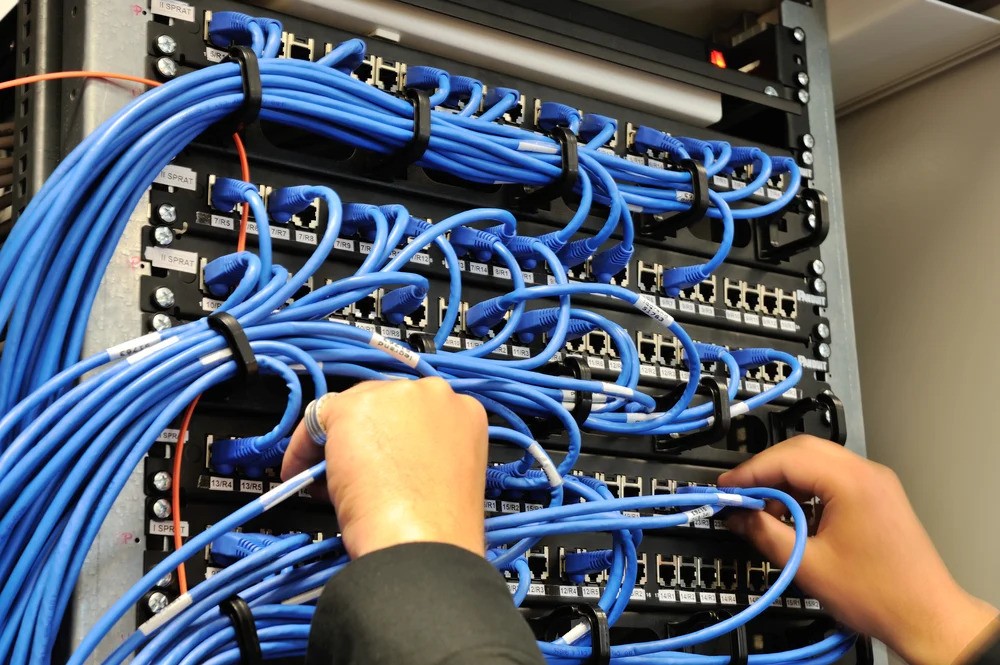
Structured LAN cabling is a methodical approach to organize and standardize physical cables and components within a network infrastructure. It’s about designing, installing, and managing the cabling system that connects devices like computers, servers, switches, routers, and more in a building or enterprise.
Its main goal is to create a dependable and efficient communication network for data, voice, and video transmission. This involves using industry-standard cables, connectors, and hardware to build a flexible and scalable network that can adapt to current and future technology demands.
Structured LAN cabling includes cable types such as twisted-pair copper cables (like CAT5e and CAT6) and fiber optics, which serve as the backbone for data sharing in a local area network (LAN).
In a world where mobility and open office layouts are gaining popularity, it’s essential to note that structured LAN cabling remains critical, especially for data centers and users seeking data security, high performance, and consistent bandwidth.